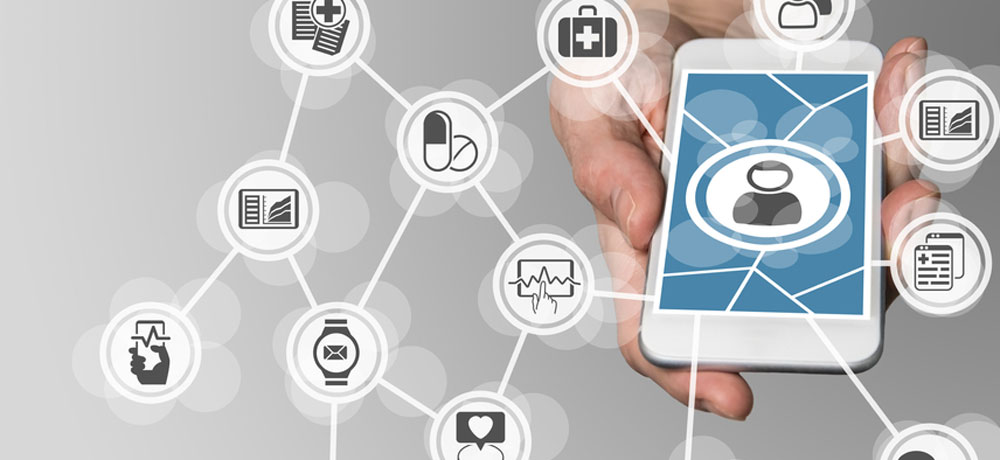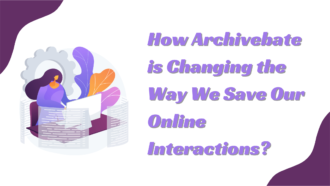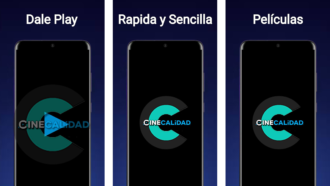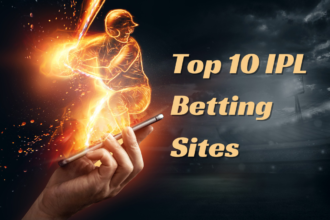How Remote patient monitoring apps can transform the Healthcare Sector?
- 1 How RPM Works?
- 2 What are the different Remote Patient Monitoring Technologies?
- 2.1 Smart Health Watch –
- 2.2 Wearable Blood Pressure Monitor –
- 2.3 Wearable Fitness Tracker –
- 2.4 Patch – Biosensors –
- 2.5 Wearable ECG Monitor –
- 3 What are the Most Popular Applications for RPM?
- 3.1 Dexcom –
- 3.2 Medtronic –
- 3.3 JotForm –
- 3.4 Resideo LifeStream –
- 3.5 Philips –
- 3.6 Senseonics –
- 4 What are the Future Trends for RPM Technology?
- 5 Author Bio:
Have you ever wondered why the sales of fitness bands have seen massive growth? Or why are doctors asking to use PRM apps to track your daily activities? Remote Patient Monitoring is a highly preferred solution among doctors nowadays. Hence, this article highlights the various RPM apps and technologies changing the healthcare sector.
Currently, 88% of hospitals are investing in or willing to enter RPM systems. Moreover, the Consumer Technology Association has revealed that 68% of healthcare institutes are ready to use RPM solutions. These solutions can assist providers in managing the health of high-risk patients regarding hospital readmissions and emergency cases. Therefore, it is essential to know how RPM works and the different kinds of patient monitoring apps and technologies involved.
How RPM Works?
RPM is not the perfect alternative to in-person care, but it is undoubtedly the one that will pressure patients and providers. With remote patient monitoring, you will have a much greater involvement as a patient. Now, you can pursue better health management. Moreover, it will also help cut costs for hospitalization and nursing.
Remote Patient Monitoring is a healthcare delivery system that utilizes technological advancement to monitor patients. The key is to collect biometric data like BP, sleep quality, heart rate, and oxygen levels from a patient’s location. These data are then analyzed, interpreted, and transmitted to patient monitoring apps on your smartphone. A doctor can then see those data and further examine you. Thus, the need for hospital readmissions or checkups is nullified. The RPM technology is exact, and developers are working to make it even more accurate.
Hence, RPM has proved to be the best modern healthcare technology. This has become the ultimate symptom management tool, allowing risk-bearing institutes to monitor patients with chronic conditions remotely. As a result, readmission and costs have been reduced, care quality has improved, and patients are under more intense monitoring.
What are the different Remote Patient Monitoring Technologies?
RPM provides a wide range of solutions. However, every solution’s basic principle is to collect and interpret physiological and biometric information. The RPM wearable and mobile devices are usually synced with patient monitoring apps for recording data. Some of these devices are:
Smart Health Watch –
Gone are the days when smartwatches were used only to count steps and tell time. It has become one of the most advanced and essential healthcare tools for health-conscious individuals. An intelligent health watch now has various features like health, sleep, and activity tracking. Moreover, it also monitors heart rate counts. Besides, it has phone-related features like reading notifications, sending messages, or making calls.
Wearable Blood Pressure Monitor –
The main work of this device is to measure your blood pressure. However, it also monitors your daily activities, such as distance travelled, calories burned, or steps taken. A blood pressure monitor can also provide information regarding personal habits affecting your BP.
Wearable Fitness Tracker –
Fitness trackers are wristbands integrated with sensors to track a user’s daily activity. It also monitors heart rate. The data amassed by fitness bands gets transferred to patient monitoring apps used by the patient. This helps doctors to monitor patients remotely and with greater precision.
Patch – Biosensors –
These biosensors come in the form of self-adhesive patches. When attached to a patient’s body, it collects respiratory rate, movement, temperature, and heart rate. This data gets streamed to the patient monitoring apps on the patient’s phone.
Wearable ECG Monitor –
Wearable ECG Monitor measures electrocardiograms and transfers the data to the patient’s health records and healthcare providers. These can also track atrial fibrillation, elevation, and distance to provide more information to the doctors.
The demand for these wearable devices has increased rapidly. The central aspect of these technologies is collecting vast physiological and health data. Therefore, now, it is possible for a healthcare institute to monitor your activity and sleep data from your location. Most of these wearable devices are connected with the patient monitoring apps on the user’s smartphone to store this information. Hence, patients don’t need to measure their vitals and manually enter the data or visit a healthcare provider for this work.
What are the Most Popular Applications for RPM?
Smart wearables are not the only aspect of RPM technology. These devices also need a suitable platform to store and analyze data. Hence, several mobile applications can assist in these real-time tracking processes. Some of the best patient monitoring apps are:
Dexcom –
The main field of expertise for Dexcom is blood glucose monitoring. In the Dexcom G6 CGM system, you will get a wearable sensor and transmitter for sending data to your Smartphone. The system also contains the Dexcom Clarity software.
Medtronic –
You will get a full suite of patient monitoring apps with Medtronic. There are patient-facing applications for Android and iOS devices. Moreover, it also contains a Medtronic Care Management Services platform through which doctors can analyze your data. There is also an alerting system for clinicians regarding the patients.
JotForm –
JotForm consists of HIPAA-compliant forms. You also have to agree to a HIPAA-required BAA for collecting data. There are also certain sets of templates available for the users. JotForm transmits these forms securely to your smartphone so you can review them.
Resideo LifeStream –
Resideo consists of a complete set of products and patient monitoring apps. The data collected by the Resideo devices goes to the LifeStream software, which displays this information on the doctor’s dashboard. Doctors are also alerted when patient data goes outside the ‘normal’ range.
Philips –
The Philip platform comprises an eCareCoordinator Clinical dashboard for doctors and an eCareCompanion application for patients. This app allows doctors to create patient care plans and coordinate with other clinicians.
Senseonics –
It does Blood glucose monitoring. The system includes a sensor that has to be implanted under the skin and a removable transmitter.
What are the Future Trends for RPM Technology?
With the RPM sector getting bigger and better every year, the focus is now on miniaturization. Developers and entrepreneurs in this industry aim to make these solutions less invasive and smarter, which will make wearable technology more accessible to consumers.
Moreover, the advancement of RPM means more health benefits for consumers, providers, and insurers. Since all the vital statistics are in one place, a patient can easily prevent a minor problem from turning into a major one. Many patient monitoring apps assist caretakers in integrating Electronic Health Records with these solutions.
Telehealth, blockchain-powered EHRs, AI wearables, patient monitoring apps, and Analytics are the foundations of the Digital Healthcare industry. Recent market research has also revealed that patients and doctors are ready to adopt RPM. This is possible because these solutions reduce hospital readmissions, which is an issue for both doctors and patients.
With its demand rising, every Mobile App Development Company in India also works towards this sector. The progress of this industry can be the primary catalyst for future innovations regarding healthcare solutions. Therefore, it is necessary to promote the application of RPM more rapidly.
Author Bio:
James Grills is a marketing advisor associated with Cumulations Technologies, a Flutter App Development company. He is a technical writer passionate about emerging technologies in mobile application development and IoT technology.

















